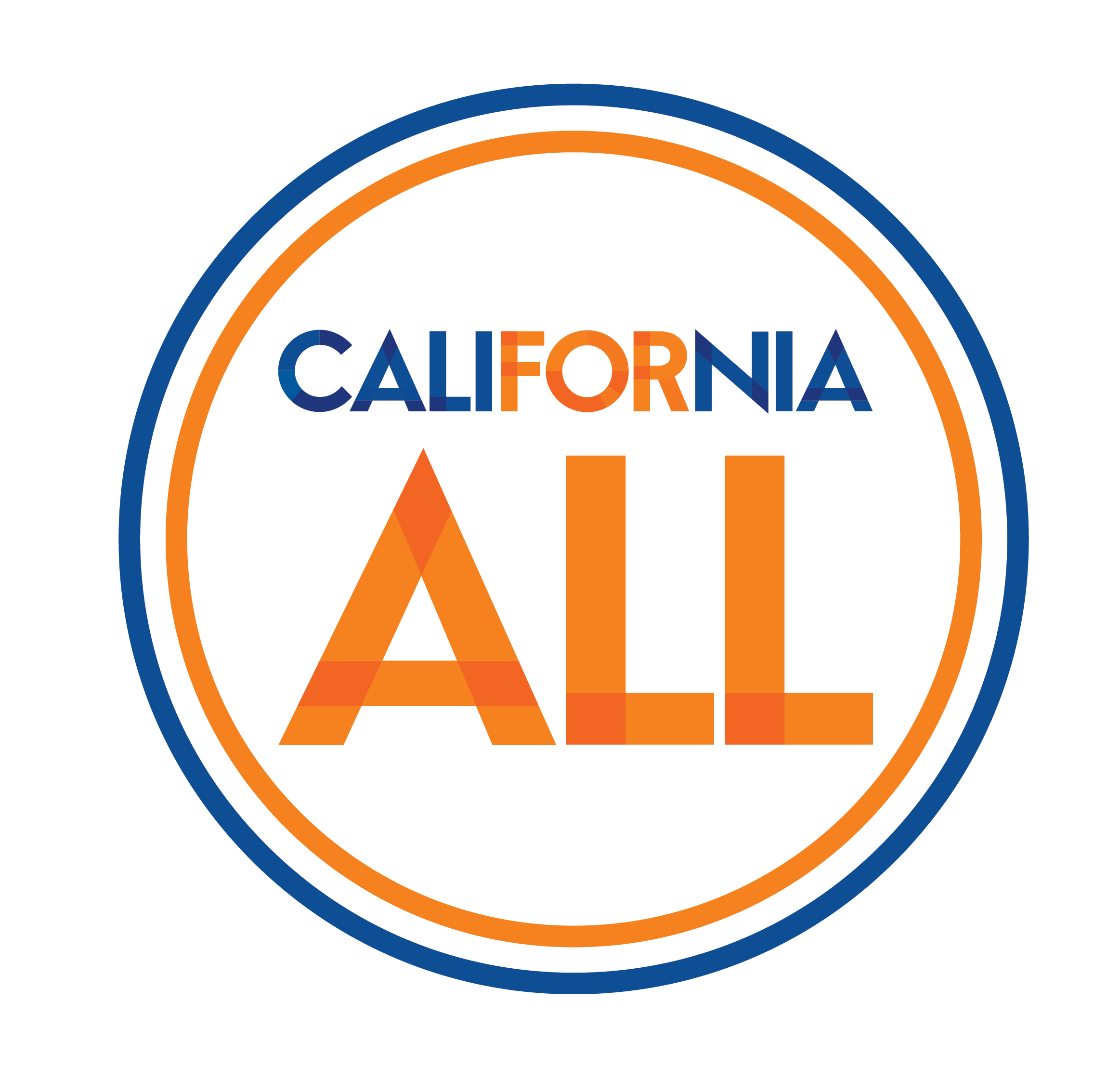Frequently Asked Questions
- Welcome to the Proposition 65 Warnings Website
- What is Proposition 65?
- What requirements does Proposition 65 place on companies doing business in California?
- Are any businesses exempt from Proposition 65?
- What types of chemicals are on the Proposition 65 list?
- What does a warning mean?
- How can businesses determine if a warning is required?
- What does the phrase “known to the State of California to cause [cancer] [birth defects or other reproductive harm]” in a Proposition 65 warning actually mean?
- What are safe harbor numbers?
- Who administers Proposition 65?
- Who enforces Proposition 65?
- What if there is no safe harbor level?
- What are the penalties for violating Proposition 65?
- Where can I get more information on Proposition 65?
- Where can I get information on the warning symbol?
- How does Proposition 65 benefit Californians?
The California Office of Environmental Health Hazard Assessment established this website to provide the public with information on chemicals, products and places often associated with Proposition 65 warnings. These warnings inform Californians about their exposures to chemicals that cause cancer, birth defects or other reproductive harm.
Visiting this website regularly will help you learn about these chemicals and how you can reduce your exposure to them. We will be adding new information frequently.
Proposition 65 requires businesses to provide warnings to Californians about significant exposures to chemicals that cause cancer, birth defects or other
reproductive harm. Exposure to these chemicals may take place when products are acquired or used. Exposure may also occur in homes, workplaces, or other environments in California. By requiring that this information be provided, Proposition 65 enables Californians to make informed decisions about their exposures to these chemicals.
Proposition 65 also prohibits California businesses from knowingly discharging significant amounts of listed chemicals into sources of drinking water.
Proposition 65 requires California to publish a list of chemicals known to cause cancer, birth defects or other reproductive harm. This list was first published in 1987, and must be updated at least once a year. It now includes over 900 chemicals.
Proposition 65 became law in November 1986, when California voters approved it by a 63-37 percent margin. The official name of Proposition 65 is the Safe Drinking Water and Toxic Enforcement Act of 1986.
Learn more about how Proposition 65 warnings can help California consumers protect their health.
Businesses are required to provide a "clear and reasonable" warning before knowingly and intentionally exposing anyone to a listed chemical, unless the business can show that the anticipated exposure level will not pose a significant risk of cancer or is significantly below levels observed to cause birth defects or other reproductive harm.
This warning can be given in several ways, such as by labeling a consumer product, posting signs at the workplace, distributing notices at a rental housing complex, or publishing notices in a newspaper. The requirement to provide warnings takes effect one year after a chemical is added to the list.
Proposition 65 also prohibits companies that do business within California from knowingly discharging listed chemicals into sources of drinking water. Once a chemical is listed, businesses have 20 months to comply with the discharge prohibition.
Businesses with fewer than 10 employees and government agencies are exempt from Proposition 65’s warning requirements and prohibition on discharges into drinking water sources.
Businesses are also exempt from the warning requirement and discharge prohibition if the exposures they cause are so low as to create no significant risk of cancer or are significantly below levels observed to cause birth defects or other reproductive harm.
The list contains a wide range of naturally occurring and synthetic chemicals that include additives or ingredients in pesticides, common household products, food, drugs, dyes, or solvents. Listed chemicals may also be used in manufacturing and construction, or they may be byproducts of chemical processes, such as motor vehicle exhaust.
If a warning is placed on a product label or posted or distributed at a workplace, a business, or in rental housing, the business issuing the warning is aware or believes that it is exposing individuals to one or more listed chemicals.
By law, a warning must be given for listed chemicals unless the exposure is low enough to pose no significant risk of cancer or is significantly below levels observed to cause birth defects or other reproductive harm.
Using its knowledge of its business operations and the chemicals it uses, a business can review the Proposition 65 list to determine whether its operations or products are likely to expose people in California to any listed chemicals. Depending on the level of exposure, the business may be required to provide a warning for those exposures. A business that determines it is causing exposures to a listed chemical may be able to use OEHHA’s safe harbor numbers to determine if it needs to provide a warning.
Under the Proposition 65 statute, “known to the state to cause [cancer] [birth defects or other reproductive harm]” means the chemical has been added to the Proposition 65 list by one of four listing mechanisms. Learn more about how chemicals are added to the Proposition 65 list.
To guide businesses in determining whether a warning is necessary or whether discharges of a chemical into drinking water sources are prohibited, OEHHA has developed safe harbor levels for many Proposition 65 chemicals. A safe harbor level identifies a level of exposure to a listed chemical that does not require a Proposition 65 warning. A business does not need to provide a warning if exposure to a chemical occurs at or below these levels. These safe harbor levels consist of No Significant Risk Levels for chemicals listed as causing cancer and Maximum Allowable Dose Levels for chemicals listed as causing birth defects or other reproductive harm. OEHHA has established more than 300 safe harbor levels and continues to develop more levels for listed chemicals.
The Office of Environmental Health Hazard Assessment (OEHHA) administers the Proposition 65 program. OEHHA, which is part of the California Environmental Protection Agency (CalEPA), determines in many cases whether chemicals meet the scientific and legal requirements for placement on the Proposition 65 list, and administers regulations that govern warnings and other aspects of Proposition 65.
The California Attorney General's Office enforces Proposition 65. Any district attorney or city attorney (for cities whose population exceeds 750,000) may also enforce Proposition 65. In addition, any individual acting in the public interest may enforce Proposition 65 by filing a lawsuit against a business alleged to be in violation of this law.
Lawsuits have been filed by the Attorney General’s Office, district attorneys, consumer advocacy groups, and private citizens and law firms.
If OEHHA has not established a safe harbor level for a chemical, businesses that expose individuals to that chemical would be required to provide a Proposition 65 warning, unless the business can show that the anticipated exposure level will not pose a significant risk of cancer or reproductive harm. OEHHA has adopted regulations that provide guidance for businesses in calculating their own level in the absence of an OEHHA safe harbor level. Regulations are available at Article 7 and Article 8 of Title 27, California Code of Regulations.
Determining anticipated levels of exposure to listed chemicals can be very complex. Although a business has the burden of proving a warning is not required, a business is discouraged from providing a warning that is not necessary and instead should consider consulting a qualified professional if it believes an exposure to a listed chemical may not require a Proposition 65 warning.
Penalties for violating Proposition 65 by failing to provide warnings can be as high as $2,500 per violation per day.
If you have specific questions on the administration or implementation of Proposition 65, you can contact OEHHA's Proposition 65 program at P65.Questions@oehha.ca.gov, or by phone at (916) 445-6900.
For enforcement information, contact the California Attorney General's Office at (510) 622-2160, or visit https://oag.ca.gov/prop65.
If you are a consumer who wants to learn more about how to use Proposition 65 warnings to protect your health and your family’s health, you may wish to consult our “Big Picture” fact sheet.
With some exceptions, the warning symbol is a required element of safe harbor warning content. The symbol consists of a black exclamation point in a yellow equilateral triangle with a bold, black outline. The symbol must be placed to the left of the text of the warning in a size no smaller than the height of the word “WARNING”. If the sign, label, or shelf tag for the product is not printed using the color yellow, the symbol may be provided in black and white. Businesses may download the symbols provided here for use in Proposition 65 warnings. A business wishing to provide a safe harbor warning must meet all applicable requirements of the Article 6 Clear and Reasonable Warnings regulations.
Our page on Informing Californians’ Choices and Reducing Chemical Exposures discusses the benefits of the statute.
If you have any questions, comments, or concerns about the content of this page, please contact us.




